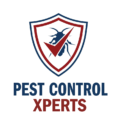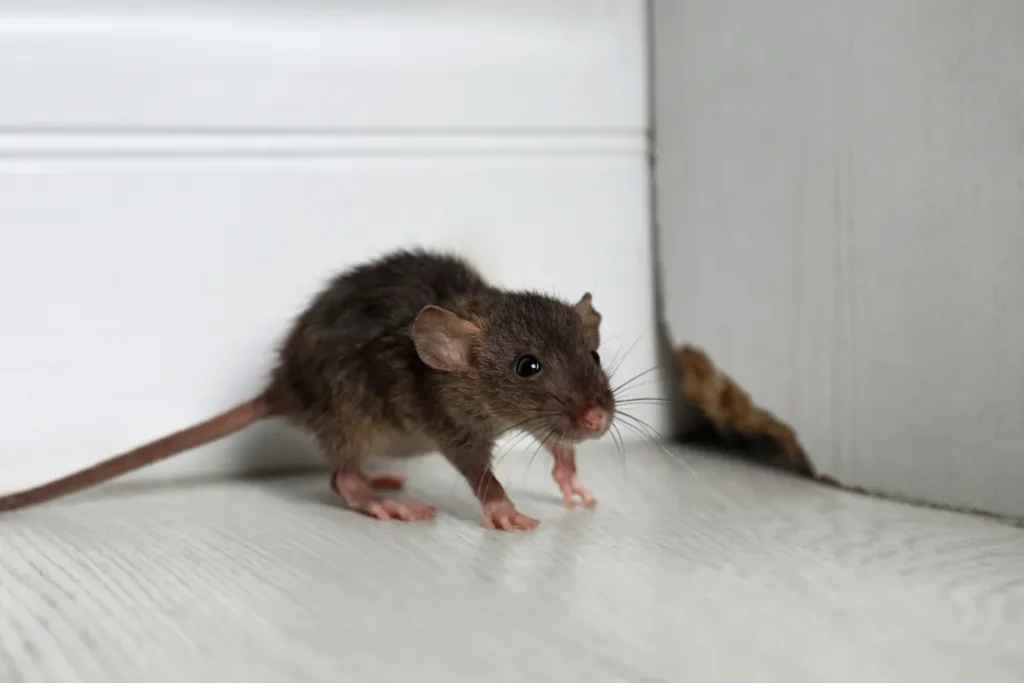Rodents are known for their adaptability, quick breeding cycles, and relentless search for food and shelter. In the heart of Central Texas, Waco offers an ideal habitat for these pests thanks to its warm climate, proximity to the Brazos River, and steady urban growth around Baylor University, Magnolia Market, and bustling downtown districts. Once a mouse or rat gains access to a property, it can contaminate food, damage wiring, and multiply in a matter of weeks. This guide from Pest Control Xperts explains why rodents thrive in Waco, outlines early warning signs of an infestation, and details prevention strategies that work for homes and businesses. We will also explore how these methods apply to neighboring communities such as Hewitt and Woodway.
Why Rodents Target Waco Properties
Abundant Food Sources
Restaurants along Franklin Avenue, food trucks around the Silos, and lively campus eateries generate constant food waste. If dumpsters lack tight‑fitting lids or trash pickup is delayed, rats have an easy feast. Residential areas can also attract rodents when birdseed spills, pet kibble sits out overnight, or patio grills are not cleaned thoroughly.
Shelter in Growing Neighborhoods
Waco’s ongoing residential expansions in areas like China Spring and around Lake Waco frequently disturb rodent habitats. Construction vibrations push rats to seek calmer shelters, often in finished homes or commercial spaces. Even small gaps in new construction such as spaces around utility lines give a mouse the opening it needs.
Water and Climate
Texas heat drives rodents to cool, shaded interiors, while mild winters rarely curb their activity. Leaky outdoor faucets, poorly drained flowerbeds, or HVAC condensate lines provide ample water sources that keep rodent populations healthy year‑round.
Hidden Dangers of a Mouse or Rat Infestation
- Food Contamination
Mouse droppings and rat urine carry bacteria that put families at risk. A single night of activity in a pantry can spoil an entire shelf of groceries. - Electrical and Fire Hazards
Rats chew wires to prevent their incisors from overgrowing. Exposed wiring can short out electronics or spark fires, especially in attics filled with insulation. - Structural Damage
Rodents gnaw on wood, drywall, and soft masonry. Over time, this undermines floor joists, baseboards, and even exterior siding. - Respiratory Concerns
Droppings and dander can aggravate asthma or allergies, particularly in children and seniors. - Rapid Population Growth
A female mouse can produce up to ten litters a year, each averaging five or six pups. That means two mice in January can become dozens by summer.
Typical Entry Points
- Gaps around plumbing penetrations or cable lines
- Vents without secure screens in attics or crawl spaces
- Warped door frames where weather strips no longer seal
- Cracks in foundation slabs after seasonal soil shifts
- Uncapped chimney flues
Routine exterior inspections each season help property owners seal vulnerabilities before rodents gain entry.
Clear Indicators Rodents Are Present
- Droppings
Mouse droppings are the size of grains of rice, while rat droppings resemble small black olives. Fresh droppings are dark and moist; older ones turn gray and crumble easily. - Nocturnal Sounds
Scratching, scurrying, or occasional squeaks behind walls or in ceilings after dusk suggest activity. - Gnaw Marks
New chew marks appear light in color; older marks darken over time. Check wooden baseboards, cardboard boxes, and plastic storage bins. - Nesting Materials
Shredded paper, insulation, or fabric tucked behind refrigerators or inside closets points to nesting sites. - Grease Smears
Rats often travel the same routes and leave oily residue along walls or baseboards. - Unusual Pet Behavior
Cats or dogs may bark, whine, or paw at base cabinets where they hear mice.
Food Storage and Sanitation Best Practices
- Transfer dry goods to sealed glass or heavy‑duty plastic containers.
- Wipe kitchen counters nightly and vacuum pantry floors weekly.
- Clean grills after each use; leftover grease is a magnet for rats.
- Schedule trash pickup twice weekly if possible, and keep bins at least ten feet from building entrances.
- Feed pets on a schedule and store kibble in lidded bins.
Moisture and Landscaping Control
- Fix dripping hose bibs and irrigation leaks promptly.
- Grade flower beds so water drains away from foundations.
- Trim vegetation back at least one foot from exterior walls to eliminate hiding spots.
- Store firewood on raised racks twenty feet from the house.
- Remove fallen pecans, acorns, or fruit in yards to deny rodents an easy snack.
Integrated Pest Management for Lasting Results
Integrated pest management combines exclusion, sanitation, monitoring, and targeted treatments:
- Exclusion
Steel wool or copper mesh stuffed into gaps around pipes prevents mice from squeezing through. Hardware cloth over attic vents stops rats from climbing in. - Monitoring
Place snap traps or sealed bait stations in attics and crawl spaces where pets and children cannot reach. Weekly checks catch problems early. - Professional Assessment
A trained exterminator in Waco can spot hidden entry points, recommend structural repairs, and deploy commercial‑grade traps that eliminate larger infestations quickly. - Follow‑Up
After removal, periodic inspections ensure rodents have not returned. Pest Control Xperts offers scheduled maintenance visits so property owners stay ahead of seasonal pressures.
Special Considerations for Hewitt and Woodway
Hewitt
New subdivisions south of US‑84 often back up to open fields where rodents thrive. As these fields are developed, displaced rats move toward finished homes. Residents should focus on sealing foundation gaps and securing shed doors.
Woodway
Heavily treed neighborhoods around Lake Waco provide ample acorns that feed rodent populations. Homeowners should rake yards regularly and inspect attic vents after storms, which can dislodge screens.
When to Call Pest Control Xperts
Do‑it‑yourself traps might manage a few mice, but professional help is essential when:
- Droppings appear daily despite traps
- Daytime rat sightings occur, signaling overcrowding
- Wires or HVAC lines show fresh chew damage
- Scratching noises come from multiple rooms
- Store‑bought repellents or baits fail to reduce activity
Our technicians provide comprehensive inspections from roofline to slab, identifying nests and sealing entry points. We customize treatment plans with child‑ and pet‑safe options and offer follow‑up monitoring to maintain a rodent‑free environment.
Community Engagement for Stronger Defense
Rodent control succeeds when whole neighborhoods participate. Share best practices with neighbors, coordinate bulk trash cleanups, and encourage local businesses to secure dumpsters. Schools can teach students proper lunchtime disposal habits. A collective effort reduces food and shelter opportunities across entire blocks, not just single properties.
Seasonal Checklist
Winter
Check attic insulation and door thresholds where rodents seek warmth.
Spring
Walk the perimeter for foundation cracks formed during wet weather.
Summer
Inspect outdoor kitchens, decks, and pool equipment for hidden nests.
Autumn
Clean gutters, trim trees, and rake fallen leaves before rodents shelter for cooler nights.
Final Thoughts
Effective Texas rodent control in Waco requires consistent vigilance, practical prevention measures, and swift action when signs appear. By sealing entry points, managing food and water, and keeping yards tidy, homeowners and business operators create environments that discourage mice and rats. Should an infestation exceed basic traps and deterrents, Pest Control Xperts delivers professional solutions tailored to local conditions in Waco, Hewitt, and Woodway. With proactive maintenance and expert support, you can keep rodents away and protect your property year‑round.

